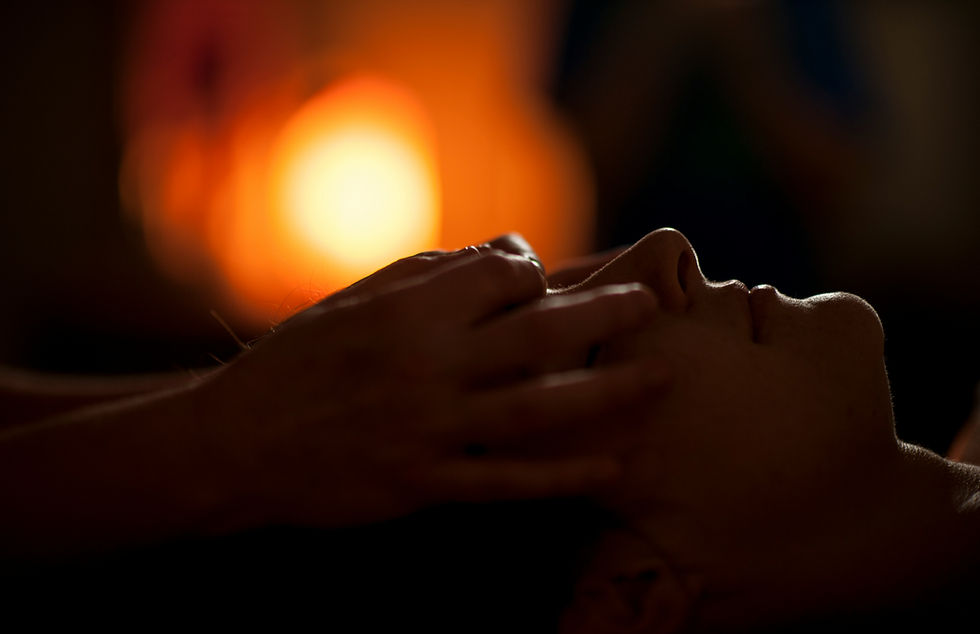Stress - a two-sided coin
- Claire Harrison

- Mar 4, 2023
- 3 min read

In this blog we’ll be looking at some of the physiology and psychological causes of stress that we’re likely to confront in our everyday lives, talk about what creates stress, the importance of stress recovery and take a look at the flip side - when stress can be good for you.
The word stress automatically conjures up serious health concerns, but when managed well, stress serves a natural, physiological purpose that can push us to a level of optimal alertness, helping us to solve problems, learn, and grow from our experiences.
What does stress look like?
The physiological side of stress is a hormonal jolt of adrenaline and cortisol brought on by our sympathetic nervous system which gives us a boost of physical energy and mental focus to cope with a threat or challenge. In a normal stress response, when the threat passes, this heightened state is followed by the calming effects of our parasympathetic nervous system which return us to a state of recovery and rest.
In the simplest terms, the parasympathetic and sympathetic portions of the autonomic system are two sides of the same coin. Think of the parasympathetic nervous system the “rest and learn” side while the sympathetic nervous system is the fight or flight.

Chronic stress leads to burnout at work
When your stress response doesn’t stop firing, and your stress levels stay elevated for longer than necessary you can begin to suffer from chronic stress which is often associated with an increased risk of cardiovascular disease, stroke, and other health problems.
What creates stress?
Stress can be activated by a combination of physical and/or emotional components.
Physical components
High/low temperatures
Stimulants (alcohol)
Dehydration
Infection
and finally Burnout(exhaustion)
Emotional components
Anxiety
Ongoing work pressure
Pressure outside of work
Positive emotions such as anticipation
Excitement
Happiness
Finding your optimal stress point
Understanding your own stress allows you to control your body’s normal stress response. It’s possible to learn to move between an energised state where you’re, focused, creative, and productive, and a stress recovery state, where your brain rests and recuperates. When you don’t allow yourself to recover properly after a stressful period, you continue to unconsciously absorb stress which can ultimately result in chronic stress.
Learn to flip the coin when needed
Working on how to move between the two states of being energised and recovery will help you form habits which will help keep your stress to an optimal level. Consider how you dealt with the time immediately after a stressful situation to learn new behaviours. It might be that taking a short break will help to clear your mind and recharge your battery.
Hydration is important too so even a quick walk to the kitchen to refill your water bottle can aid stress recovery. And don’t forget to breathe. Even a minute of slow breathing can be all that’s needed to kickstart your parasympathetic nervous system.
Top Tips on dealing with stress
Everyone feels stressed from time to time and we’re capable of managing intense periods of stress.
Recovery can be as simple as a 15-minute walk - your step count is not just for exercise, but a change to give your body and mind respite.
Exercise will help your stress recovery too, however, over time you'll notice it will have less impact indicating adaptation and resilience.
Try to get into the habit of a good night's sleep with a regular bedtime and wake-up routine and avoid caffeine, alcohol, and strenuous physical activity in the two hours before bedtime.
Include massage into your weekly or monthly routine.
If you're suffering from stress and, or, having trouble sleeping why not get in touch?






Comments